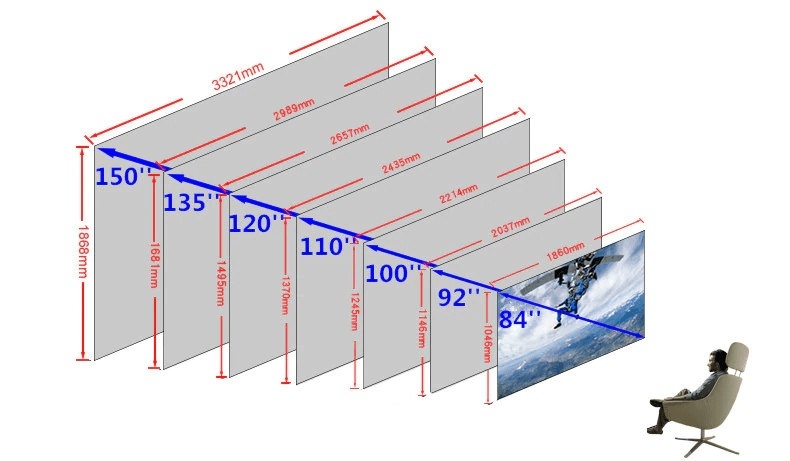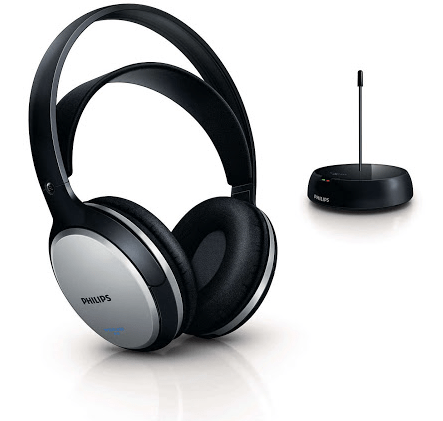
How to choose a screen for a projector?
Content
A projector is a useful device not only during conferences, but also at home. It recreates the image that is displayed on a laptop, desktop or mobile device. In this article, we will show you how to choose a screen for a projector and what screen parameters to pay attention to.
Useful Applications of Screen Projector
A portable projection screen is useful in many situations, both in professional and everyday life. You've probably met him at work, school, and college. In the office, indispensable equipment for demonstrating presentations with graphs and infographics. There is no other way that all employees can comfortably see a clear image. At home, the projection screen is ideal for watching movies with family or friends. A quality screen will enhance home viewing even from a cheaper, less advanced projector.
Why buy a projector screen?
You can watch movies from your smartphone, tablet, DVD player, and even from a flash drive, external drive, or console. It will also provide a much better image quality than a reflection on the wall, especially if it is not white. There are different types of screens - here is a quick guide for beginners.
There are two types of projection screens available on the market.
Basically we divide screens by whether they are portable or "stationary". Two types can be distinguished:
- MOBILE - they are rather recommended for people who need a screen for multimedia presentations, for example, for professional purposes. Such a screen is transported in a compact suitcase, which is also a frame. Placed directly on the floor. The other type is a stand-up projector screen equipped with a tripod - it's worth having a height-adjustable tripod.
- Permanently installed - they are part of the equipment of conference rooms, but can also be used at home. They are installed on the wall or ceiling. If you have a false ceiling in your home, choose an electric ceiling projector screen that is equipped with fixtures specifically adapted for installation on that type of ceiling.
Screen types due to other features
According to the type of activation (ejection) of the screen, there are:
- manually operated screens - using the element intended for this. You can only expand it manually. This type of screen will not work in high rooms if you want to mount it on the ceiling.
- electric screens (automatically extend) – they can be extended and inserted remotely, using a remote control attached to the screen, or using a switch that must be built into the wall. An automatic projection screen will work better at home and in high rooms.
Division by border type
- frame screens - equipped with a stabilizing frame, usually black or steel. They are suitable for both hanging and mounting on a tripod. The frame has a decorative function, so it is a good choice for home theater.
- screens with so-called tensioners - along the entire length of the side are equipped with lines that tighten the material so that it is smooth and even, without folds and folds.
What screen parameters should I pay attention to?
Here are the most important parameters that you should familiarize yourself with when buying:
- The first most important consideration when choosing a projection screen is that cheek formatwhich the screen supports was the same as the projector you own (or plan to buy).
- Light reflectance (known as gain) – the brighter the room, the higher the reflectance value should be. Black floors and dark walls are rarely found in apartments and houses, so a coefficient in the range from 1.0 to 1.3 will be universal. Its additional advantage is the fact that it provides a fairly wide viewing angle. Unfortunately, there is a relationship between the height of the factor and the width of the angle - the larger the factor, the smaller the angle.
- разрешение – The higher the screen resolution, the better the image quality and detail. What's more, when you buy a high resolution screen, you can be sure that it will last longer. Rapid technological progress means that more and more modern mobile devices are being created. Low resolution screens will no longer be compatible with them. Currently the best resolution is 1280x800, 1024x768, 1920x1080 (Full HD).
Other points to keep in mind
- Mounting method – on the wall or ceiling – the screens are equipped with brackets that allow you to mount them to the wall or ceiling. Appropriate handles must be supplied by the manufacturer - pay attention to this when choosing. A ceiling projector screen must have a properly designed cassette that will allow it to be placed above the ceiling, or rather, in the space between the ceiling and the ceiling.
- screen border - a seemingly insignificant problem that has a purely decorative function. However, this may significantly affect the quality of the displayed image! The black border will help improve the contrast of the image you see on the projector. This also affects the focus on the picture - it does not distract.
- Screen color – you will find white and gray screens on the market. The latter are available in shades of gray with varying degrees of saturation. However, they are recommended for dark rooms. If you are looking for a screen for watching movies at home, choose white. Similarly, in the case of screens for multimedia presentations at work, most rooms differ significantly in terms of conditions from the cinema.
The projector screen in the case of a home theater should be hung at a height of at least one meter above the floor. Remember to start choosing a screen only when you have chosen or already bought a projector, and not vice versa! The price of the screen must be up to 30% of the price of the projector.
More tips can be found in the Electronics section.
:.
